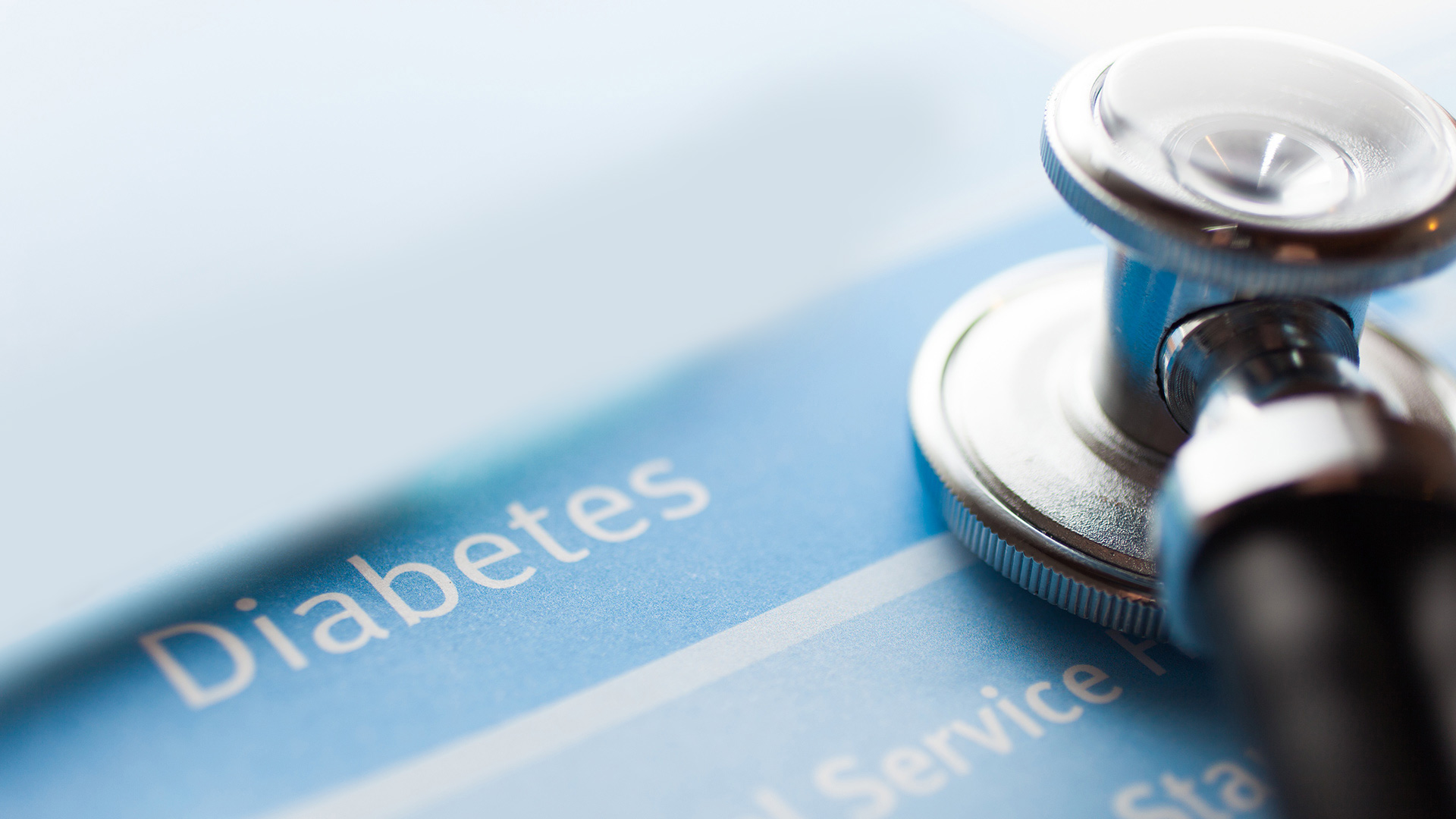
Diabetes – Type 2

What is Type 2 diabetes?
Type 2 is the most common form of diabetes, affecting 85-90% of all people with diabetes.
The pancreas, a large gland behind the stomach, has difficulty producing insulin (a hormone). It produces some insulin but not as much as your body needs. Without insulin the body’s cells cannot turn glucose (sugar) into energy. As a result, the body burns its own fats as a substitute.
How is it treated?
Type 2 diabetes can often initially be managed with healthy eating and regular physical activity. However, over time most people with Type 2 diabetes will need medical treatment such as tablets or insulin as it becomes harder for the body to produce insulin. Taking tablets or insulin as soon as they are required can result in fewer complications in the long-term.
There is currently no cure for Type 2 diabetes.
What is the cause?
Type 2 diabetes results from a combination of genetics and lifestyle factors. Although there is a genetic disposition, the risk is greatly increased when associated with high blood pressure, obesity, insufficient physical activity, poor diet and the classic ‘apple shape’ body where extra weight is carried around the waist.
While there is no single cause of Type 2 diabetes, there are risk factors.
You are at a higher risk of getting type 2 diabetes if you:
- Have a family history of diabetes
- Are older (over 55 years of age)
- Are over 45 years of age and are overweight
- Are over 45 years of age and have high blood pressure
- Are over 35 years of age and are from an Aboriginal or Torres Strait Islander background
- Are over 35 years of age and are from Pacific Island, Indian subcontinent or Chinese cultural background
- Are a woman who has given birth to a child over 4.5 kgs (9 lbs), or had gestational diabetes when pregnant, or had a condition known as Polycystic Ovarian Syndrome.
What are the symptoms?
Many people have no symptoms of Type 2 diabetes. Often the symptoms are dismissed as part of aging. By the time it is diagnosed, complications may already be present.
Symptoms include:
- Being excessively thirsty
- Passing more urine
- Feeling tired and lethargic
- Always feeling hungry
- Having cuts that heal slowly
- Itching, skin infections
- Blurred vision
- Gradually putting on weight
- Mood swings
- Headaches
- Feeling dizzy
- Leg cramps
